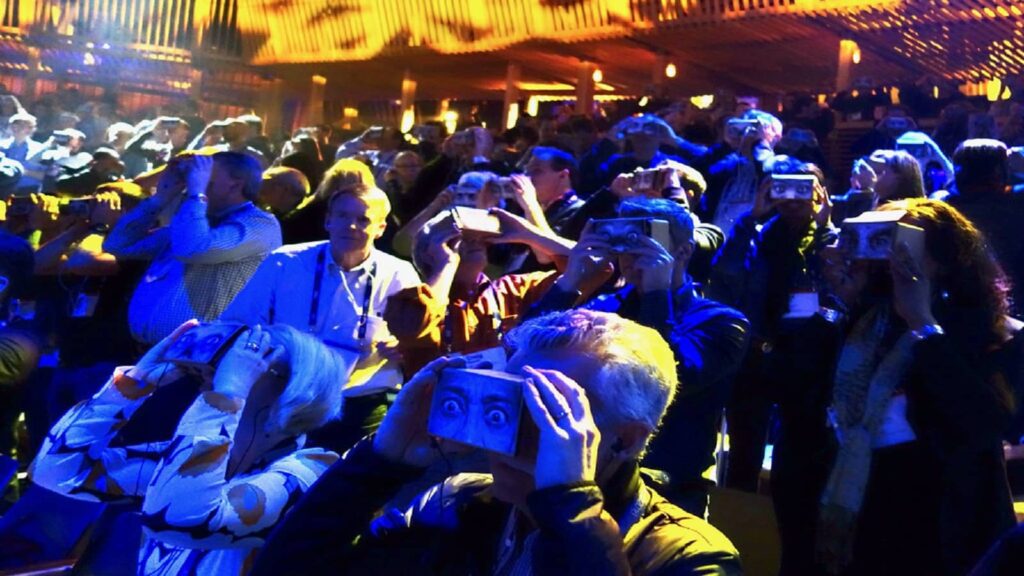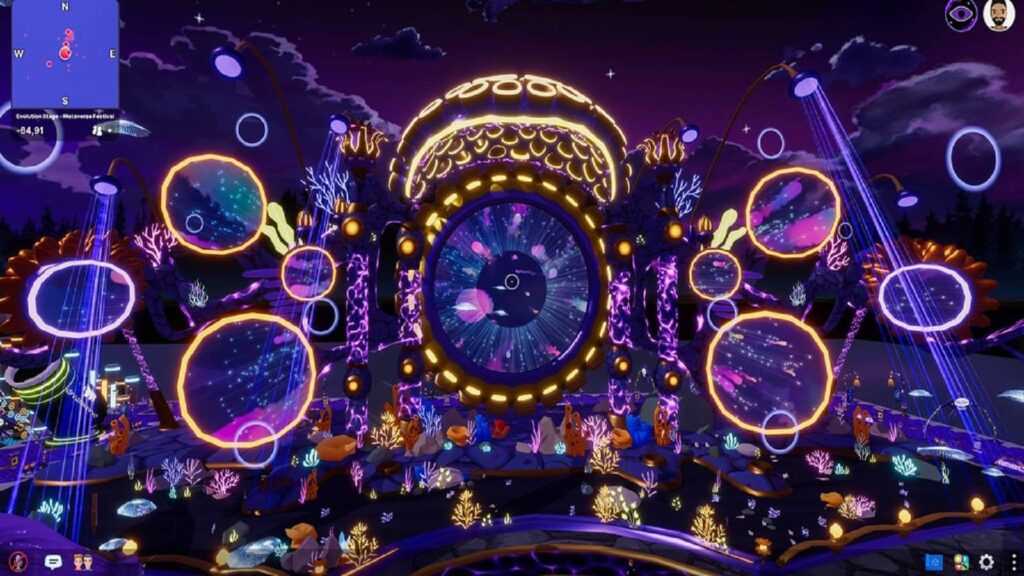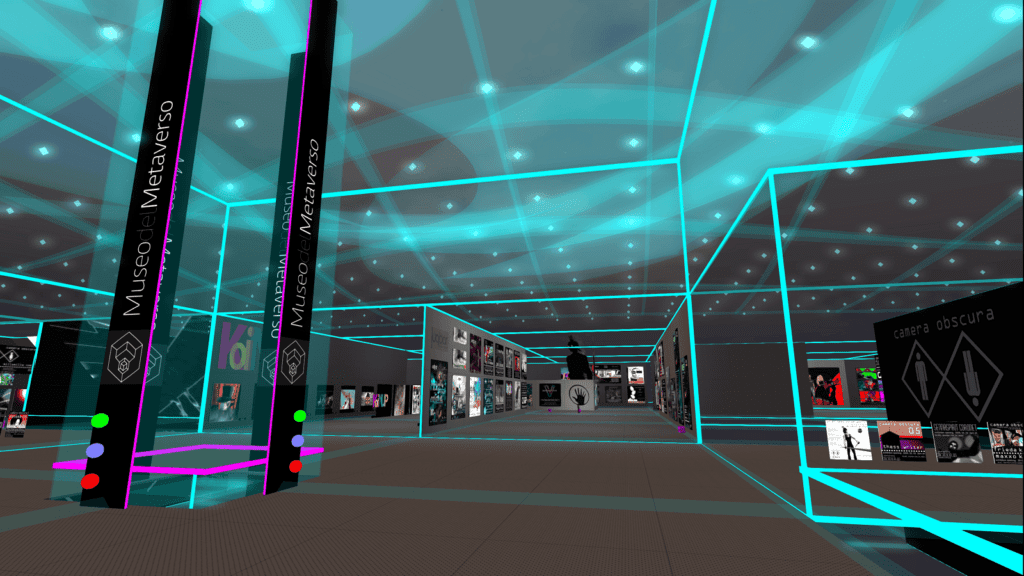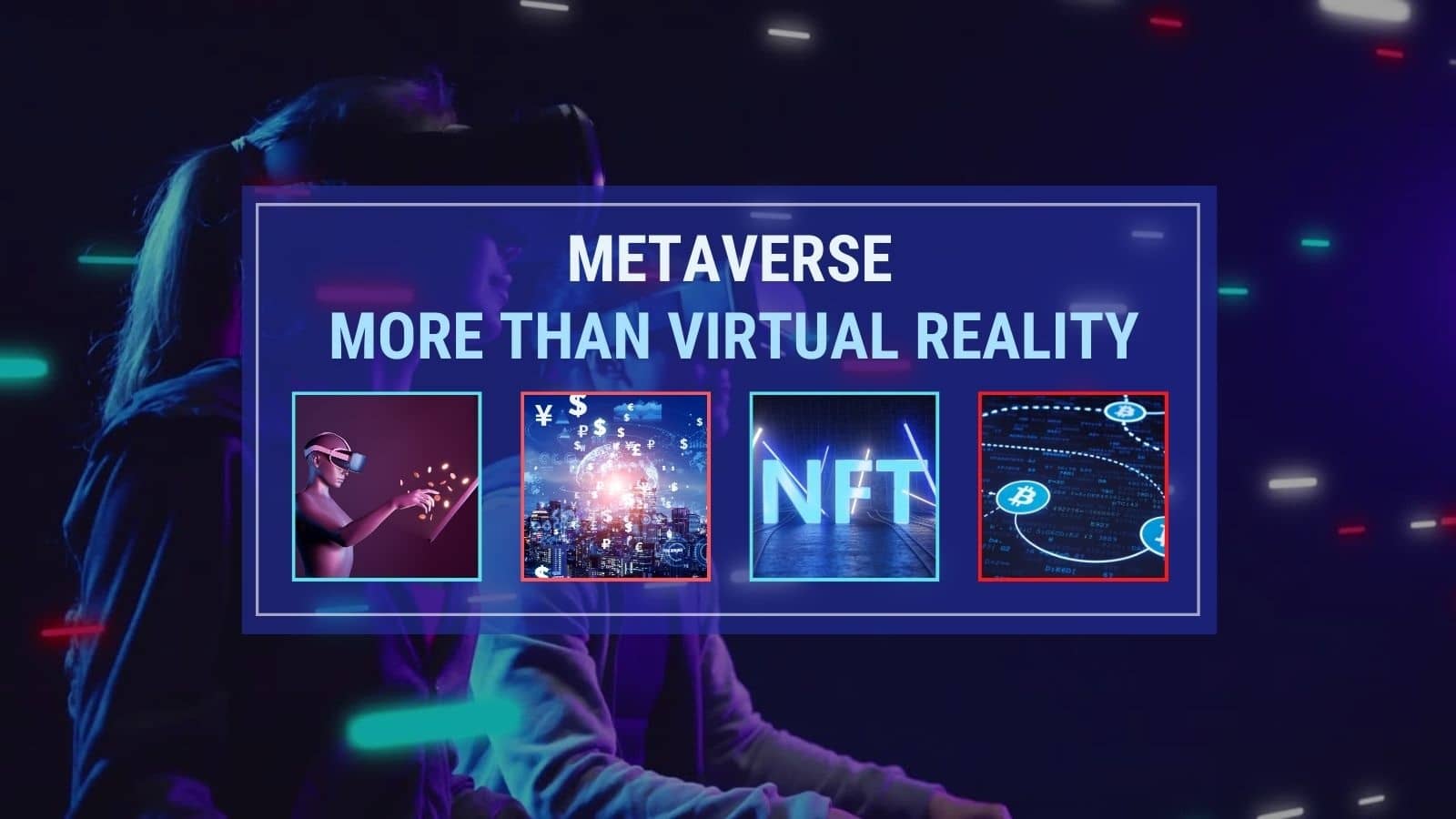The digital landscape is evolving at an unprecedented pace, and at the forefront of this transformation are the concepts of the Metaverse and Web 3.0. These groundbreaking technologies promise to redefine how we interact with the digital world, offering immersive experiences, decentralized control, and innovative applications that extend far beyond our current online interactions. As we move into 2024, understanding the implications and opportunities of the Metaverse and Web 3.0 is crucial for businesses and individuals alike.


What is the Metaverse?
The Metaverse is a collective virtual space that merges physical and digital realities, enabling users to engage in a shared environment through avatars. It encompasses various technologies, including virtual reality (VR), augmented reality (AR), and blockchain, to create immersive experiences. In the Metaverse, users can socialize, work, play, and conduct business in ways that were previously unimaginable.
Key Features of the Metaverse
- Immersive Experiences: The Metaverse allows users to step into fully realized digital worlds. Through VR and AR technologies, individuals can interact with their surroundings and other users in real-time. For example, platforms like Meta’s Horizon Worlds and Roblox allow users to create and explore user-generated content, facilitating social interactions in a virtual environment.
- User-Generated Content: A significant aspect of the Metaverse is its reliance on user-generated content. Creators can develop virtual spaces, objects, and experiences, fostering a vibrant ecosystem of innovation and creativity. For instance, games like Fortnite have evolved beyond mere entertainment to become social platforms where users create and share their own experiences.
- Decentralization: One of the fundamental principles of the Metaverse is decentralization. Built on blockchain technology, it enables users to have ownership of their digital assets, data, and experiences, contrasting sharply with traditional internet models dominated by centralized corporations.
- Interoperability: A critical feature of the Metaverse is its potential for interoperability. This means users can transfer their virtual assets, identities, and experiences across different platforms and environments. For example, a digital item purchased in one game could potentially be used in another, creating a seamless user experience.
- Social Interaction: The Metaverse emphasizes social interaction, allowing users to connect in ways that mirror real-life experiences. Virtual events, conferences, and social gatherings are becoming increasingly popular, as evidenced by the rise of virtual concerts and meetups.
Understanding Web 3.0
Web 3.0, often referred to as the “decentralized web,” represents the next phase of the internet’s evolution. Unlike its predecessors, Web 3.0 aims to give users more control over their data and digital identities. It employs blockchain technology, decentralized applications (dApps), and smart contracts to create a more transparent and equitable internet experience.


Core Principles of Web 3.0
- Decentralization: Web 3.0 eliminates the need for central authorities by using peer-to-peer networks. Users can interact directly, fostering trust and transparency in transactions. This decentralization can empower users by allowing them to own their data and control their digital identities.
- Interoperability: Web 3.0 enables different platforms and applications to work together seamlessly. This interoperability enhances user experience and facilitates data sharing across various services.
- Enhanced Privacy and Security: Through decentralized identity management and blockchain encryption, Web 3.0 offers users greater control over their personal information, ensuring that data breaches become less likely. The shift towards decentralized storage solutions is a step toward a more secure web.
- Data Ownership: In Web 3.0, users have ownership of their data and can decide how and when to share it. This shift could revolutionize the way businesses interact with customers, as individuals will be able to monetize their data directly.
The Convergence of Metaverse and Web 3.0
The synergy between the Metaverse and Web 3.0 presents numerous opportunities. As the Metaverse grows, it will increasingly rely on the decentralized principles of Web 3.0. Here’s how these two concepts will intertwine in 2024 and beyond:
- Ownership of Digital Assets: With the integration of blockchain technology, users can own virtual properties, collectibles, and other assets within the Metaverse. Non-fungible tokens (NFTs) will play a crucial role in establishing ownership and authenticity. For example, Decentraland allows users to buy, sell, and trade virtual real estate as NFTs, creating a real estate market in a virtual world.
- New Economic Models: The Metaverse will enable the development of new economic frameworks, allowing users to create, buy, and sell goods and services within virtual environments. This shift may lead to the emergence of entirely new job markets and revenue streams. Companies are already exploring the potential of virtual storefronts and marketplaces.
- Enhanced User Agency: As Web 3.0 fosters a user-centric environment, individuals will have greater agency in the Metaverse, dictating how their data is used and ensuring their digital identities remain secure. This user empowerment could lead to more meaningful and engaged online communities.
- Innovative Governance Models: The combination of the Metaverse and Web 3.0 can lead to innovative governance models where communities govern themselves through decentralized autonomous organizations (DAOs). These structures allow users to have a say in the development and management of virtual spaces.
- Cross-Platform Experiences: The interoperability between different platforms in the Metaverse, enabled by Web 3.0 technologies, allows users to have seamless experiences across various virtual environments. This could create a more unified digital identity for individuals.
Challenges and Considerations
While the potential of the Metaverse and Web 3.0 is immense, several challenges must be addressed:
- Regulatory Hurdles: The rapid development of these technologies has outpaced regulatory frameworks, raising concerns about privacy, security, and the potential for misuse. Governments worldwide are grappling with how to regulate decentralized systems without stifling innovation.
- Technical Limitations: Despite advancements, issues like latency, accessibility, and the need for high-quality hardware may hinder widespread adoption of the Metaverse. For example, the requirement for VR headsets can be a barrier for many users.
- Digital Divide: Ensuring equitable access to the Metaverse and Web 3.0 technologies will be crucial to prevent widening the digital divide between those who can afford the necessary tools and those who cannot. Efforts must be made to make these technologies accessible to all.
- Security Concerns: As the Metaverse grows, the potential for cyber threats will increase. Protecting users from identity theft, data breaches, and other security risks will be paramount.
The Future of the Metaverse and Web 3.0
As we look ahead to 2024 and beyond, the Metaverse and Web 3.0 are poised to reshape our digital experiences significantly. Businesses that embrace these technologies will find new avenues for growth and innovation. For individuals, the Metaverse offers exciting opportunities for social interaction, creativity, and economic engagement.
- Corporate Adoption: Major corporations are already investing heavily in the Metaverse, with companies creating virtual stores and experiences. This trend is expected to accelerate, as businesses recognize the potential for enhanced customer engagement in virtual environments.
- Education and Training: The Metaverse can revolutionize education by providing immersive learning experiences. Virtual classrooms, where students can engage in real-time with instructors and peers, are becoming a reality.
- Healthcare Innovations: The healthcare industry is exploring the Metaverse for telemedicine and virtual therapy sessions. By creating immersive environments for consultations and treatments, healthcare providers can enhance patient experiences.


Conclusion
The Metaverse and Web 3.0 represent a paradigm shift in how we interact with the digital world. By embracing these technologies, we can unlock a future where users have greater control over their experiences, identities, and data. As we continue to explore the possibilities of the Metaverse, it is essential to navigate the challenges ahead and work toward a more inclusive and equitable digital landscape. The intersection of these technologies not only opens new doors for innovation but also transforms our understanding of community, identity, and ownership in the digital age.


















